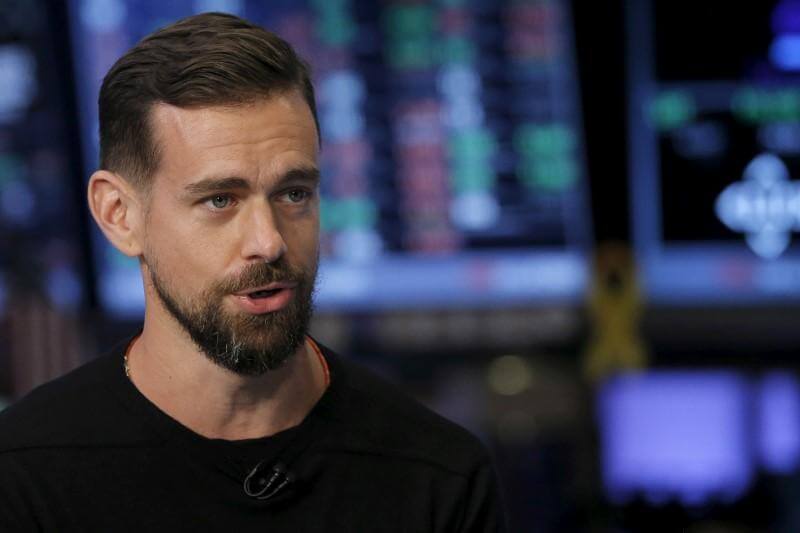
Twitter has announced a new tier of API access priced at US$149pcm. Source: Unsplash
Twitter announces cheap API access, but the biz still stumbles
In April this year, Twitter announced a roadmap describing its API platform “vision”, which, by introducing a new tier of API access (announced yesterday) creates a scalable way for businesses to pay for commercial use of the platform’s data.
The company’s API offerings now range from free, to Premium (at US$149 per month), up to its Enterprise API (Gnip), the price of which is so alarming, we assume, that it is only disclosed to individual would-be clients on application.
This highest-level access tier’s name refers to Twitter’s acquisition of its long-time data partner Gnip in 2014. Part of the agreed deal was the preservation of Gnip’s integrity as a business unit, and name.
Twitter’s API announcements should help to shore up relationships with the development community, which were “reset” by CEO Jack Dorsey at 2015’s Twitter Flight developer conference, after a rocky period.
Additionally, the pay-for-access model should also bolster Twitter’s bottom line, which likewise has had its tribulations of late.
Twitter shares tumble after releasing results https://t.co/FDm3b5m32a pic.twitter.com/YRI7PqQT9D
— Bloomberg Markets (@markets) February 9, 2017
After Twitter’s fruitless search for a buyer this year and its consequent focus on having to continue alone to try and make better profits, its sales growth in Q4, according to a statement was only 1 percent, down from 48 percent in Q4 2016.
Twitter has recently cut staff levels by 9 percent (including losing its CTO and COO), sold its developer business Fabric (to Google) and of course, closed Vine, its 6.5-second video sharing platform, all in an effort to make ends meet.
According to some commentators such as Barron’s Asia, Dorsey should concentrate wholly on his role at Twitter, rather than split his time between his other position as head of Square, the payments company.

Jack Dorsey is CEO of both Twitter and Square. Is he spreading himself too thinly? Source: Reuters
Interestingly, Barron’s also opines that Twitter’s forté is “following interesting people”, reflecting the fact that most Twitter users are passive followers, rather than active posters.
Passive followers are, of course, prime targets to be presented with commercial messages from sponsored Tweets, but less attractive to large-scale data harvesters who might be interested in Twitter’s API offerings. After all, passivity does not produce masses of information regarding tastes, demographics and consumer choices – the bread and butter of marketers.
The new API Premium tier is aimed at businesses with some technical nous that wish to grow by mining the masses of data that Twitter indubitably has.
The API’s “Premium Operators” include the point_radius and bounding_box, for instance, which can locate Twitter data emanating from defined geographies. Another operator also helps find two search terms within the same Tweet.
While these helpful operators are replicable by developers’ own code, their presence suggests that Twitter’s market for their APIs is companies with enough know-how to use an API, but not enough time to write their own complex data parsing routines.
Time will tell whether the more accessible paid-for API model will contribute enough to Twitter’s coffers to allay investors’ concerns.
And at US$149 per month, many businesses will be able to test the water of Twitter-based marketing without too much risk. Json for Beginners, anyone?


